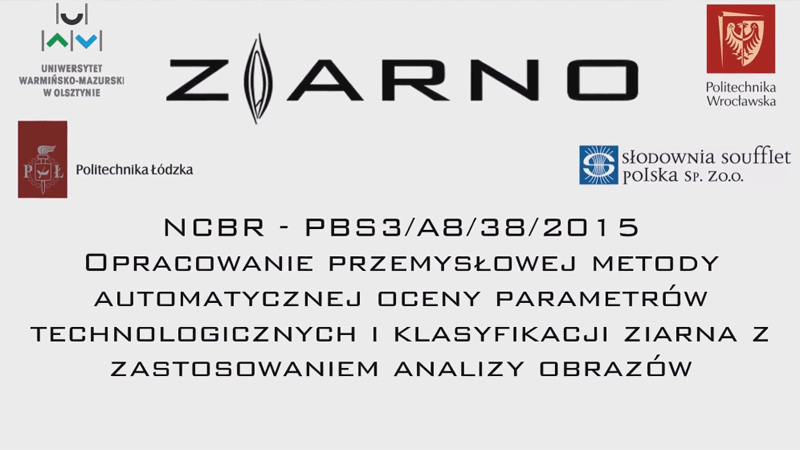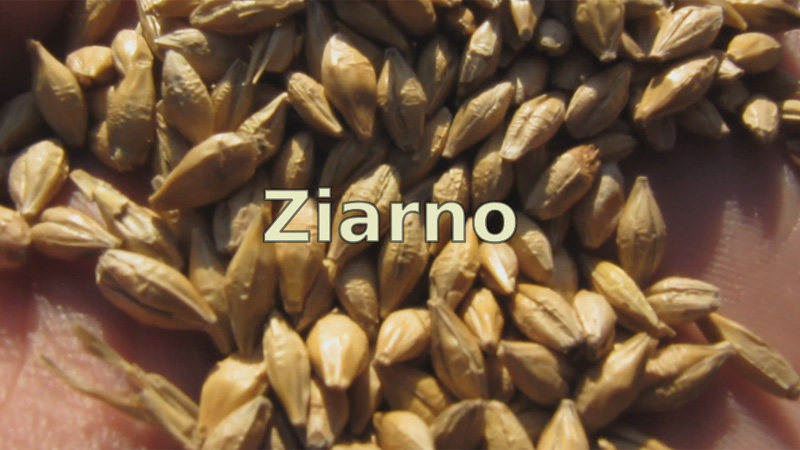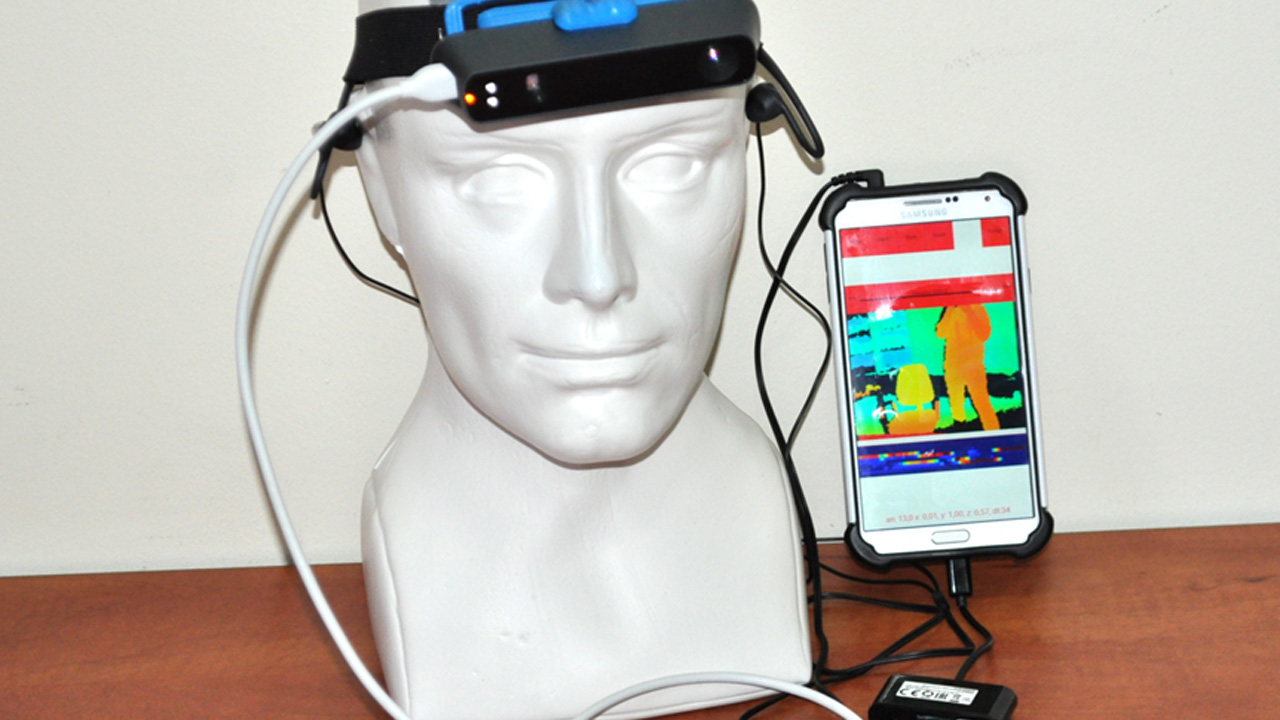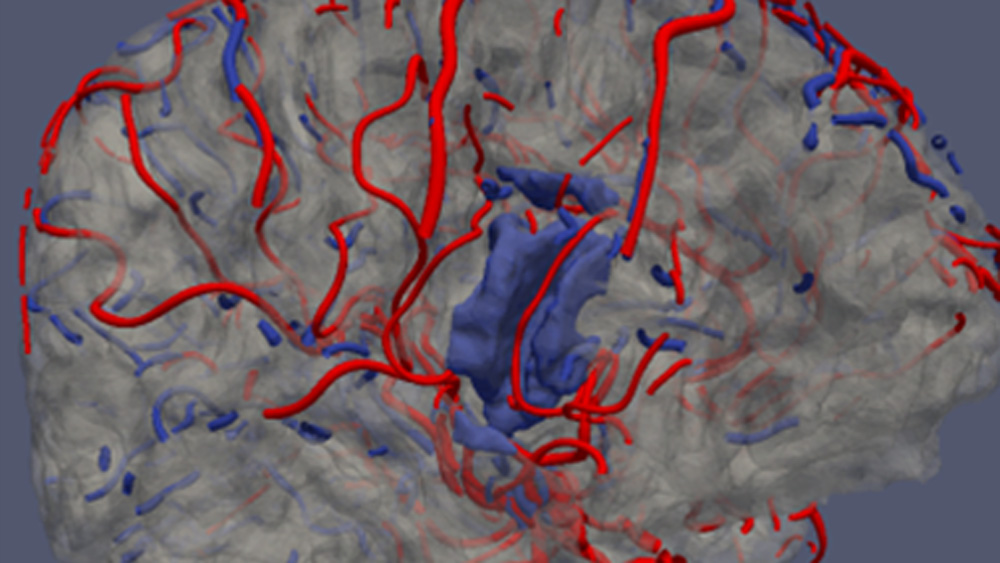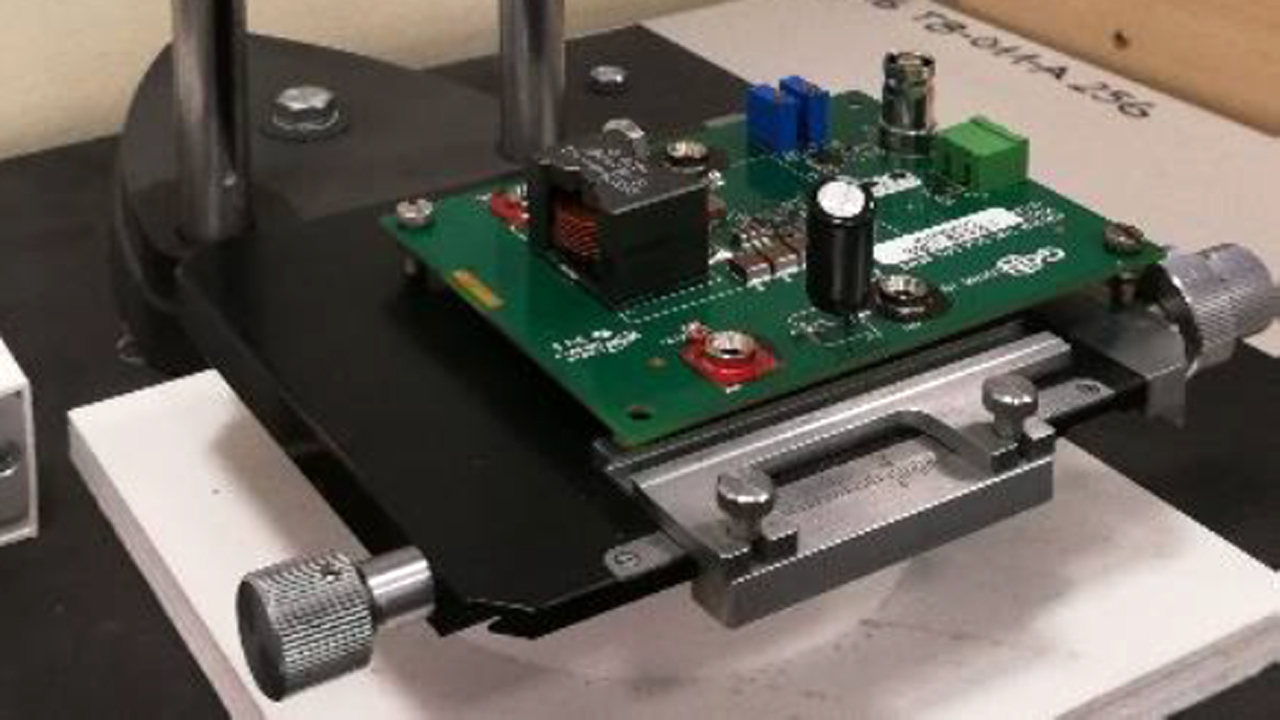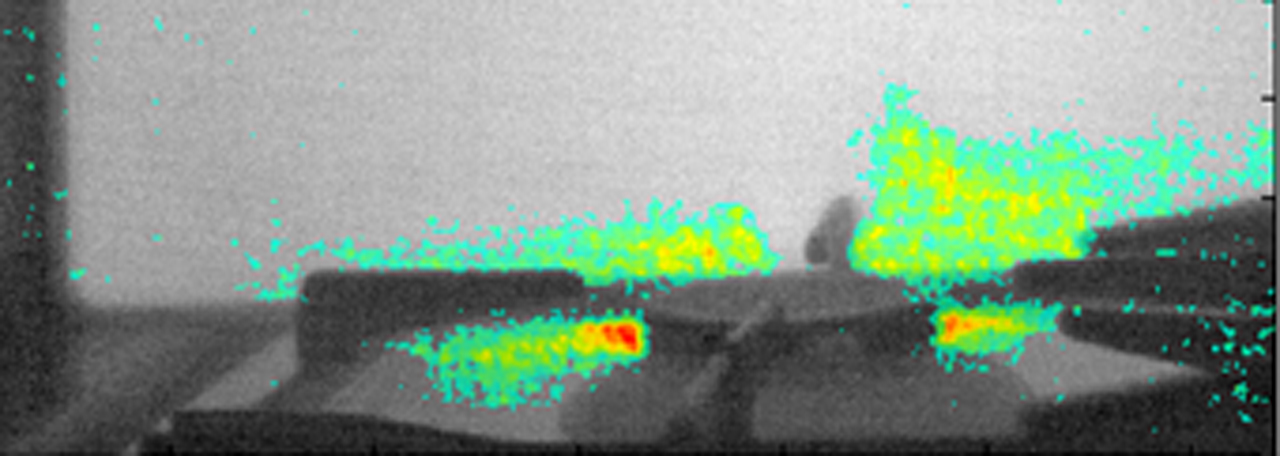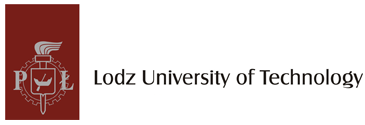Food Image Analysis
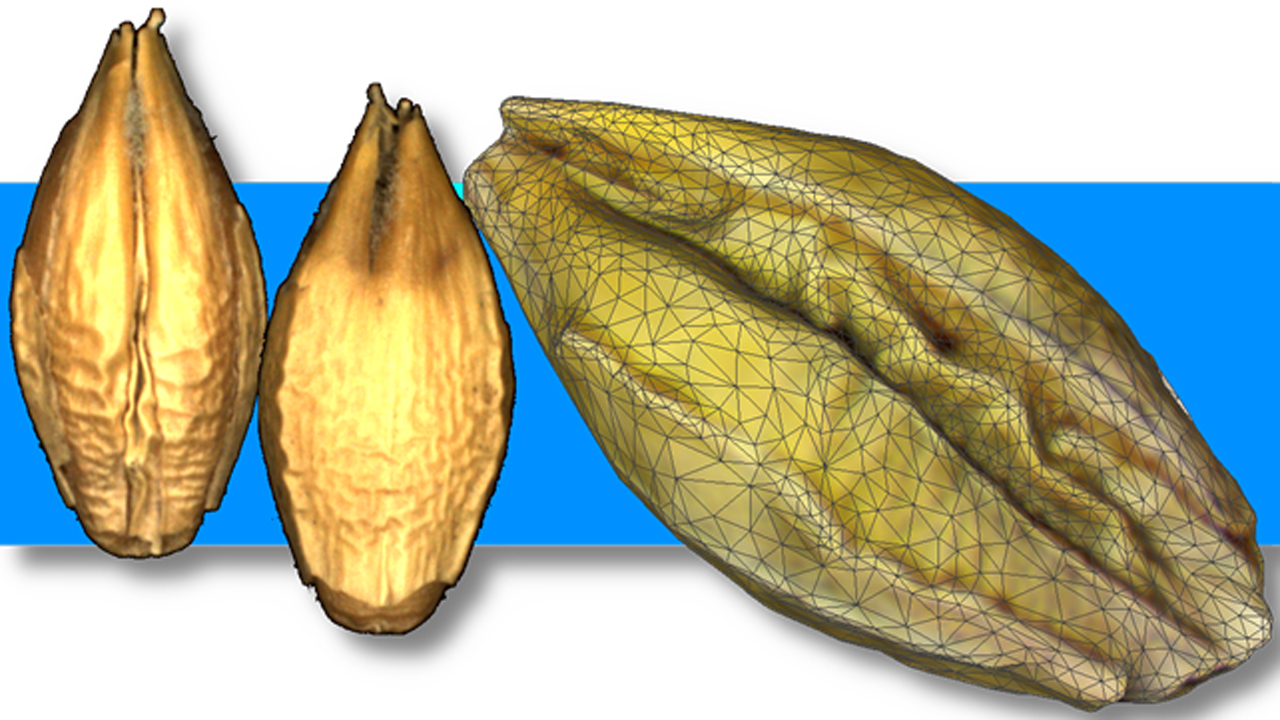
Motivation
Trivializing, man is what he eats and drinks. Diet has a direct impact on our well-being, physical fitness, health and quality of life. This fact is an obvious motivation to carry out the work on the analysis of food quality. In our case, we offer means of such the analysis using computer vision and image processing methods.
- Research directions
Some time ago we have demonstrated the utility of magnetic resonance imaging in food quality assessment. When the cost of this imaging modality decreases, we will be ready to apply our solutions for assessing the quality of food. By analyzing the texture of the image in cheeses, we evaluate the distribution of internal holes. As strange as it sounds, the type and arrangement of the holes in the cheese makes a difference. A similar analysis of color characteristics and texture of cold meats enables evaluation of grinding and composition, including fat content. After all, we want to eat tasty but not greasy. The results of our work also show that on the basis of tomographic images we can recognize varieties and we can qualitatively characterize vegetables and fruits, including potatoes, carrots, apples and probably many others.
- Achievements
We also have interesting information for people over 18 or 21. Specifically for those who can appreciate the taste of beer. Based on the color images, we can recognize the varieties of malting barley. We have also shown that the analysis of the shape, texture and color of barley kernels enable their individual assessment, including recognition of typical damages and infections. This information supports the decision about accepting or not a new transport of grain for malting, or may enable the proper sorting of kernels in sorting machines.
- Perspectives
In image analysis, we use not only widely available solutions, such as deep neural networks. In research on the shape, color and texture of food, we primarily use our own ideas, algorithms and software. We share some of our programs with others. An example is the open-source qmazda project that includes tools for image segmentation, data extraction, and classification. By using our programs, you can analyze plant varieties, evaluate food quality and build solutions that support producers, food industry or consumers. We encourage all interested parties to contact us and cooperate.
- Contact persons
- Relevant publications
- M. Kozłowski, P. Górecki & P. M. Szczypiński, Varietal classification of barley by convolutional neural networks, Biosystems Engineering, Vol. 184, August 2019, 155-165
- Piotr M. Szczypiński, Artur Klepaczko, Marcin Kociołek, Barley defects identification, 10th International Symposium on Image and Signal Processing and Analyis, ISPA 2017, 216-219
- P. M. Szczypiński, A. Klepaczko, Chapter MaZda – A Framework for Biomedical Image Texture Analysis and Data Exploration,/a> in A. Depeursinge, O. S Al-Kadi, J. R. Mitchell (eds.), Biomedical Texture Analysis Academic Press 2017. ISBN: 978-0-12-812133-7, pp. 315-347
- Zapotoczny, P., Szczypiński, P. M., & Daszkiewicz, T. (2016). Evaluation of the quality of cold meats by computer-assisted image analysis. LWT-Food Science and Technology, 67, 37-49
- Szczypiński, P. M., Klepaczko, A., & Zapotoczny, P. (2015). Identifying barley varieties by computer vision. Computers and Electronics in Agriculture, 110, 1-8
- Szczypiński, P. M., & Zapotoczny, P. (2012). Computer vision algorithm for barley kernel identification, orientation estimation and surface structure assessment. Computers and Electronics in Agriculture, 87, 32-38
- Piotr M. Szczypiński, Michal Strzelecki, Andrzej Materka, Artur Klepaczko, MaZda - A software package for image texture analysis,/a>, Computer Methods and Programs in Biomedicine, Volume 94, Issue 1, April 2009, 66-76
- G. Collewet, M. Strzelecki, F. Mariette, Influence of MRI acquisition protocols and image intensity normalization methods on texture classification, Magnetic Resonance Imaging, 22, 2004, pp. 81-91
- Anette K. Thybo, Piotr M. Szczypinski, Anders H. Karlsson, Sune Donstrup, Hans S. Stodkilde-Jorgensen, Henrik J. Andersen, Prediction of sensory texture quality attributes of cooked potatoes by NMR-imaging (MRI) of raw potatoes in combination with different image analysis methods, Journal of Food Engineering, Elsevier 2004, pp. 91-100


